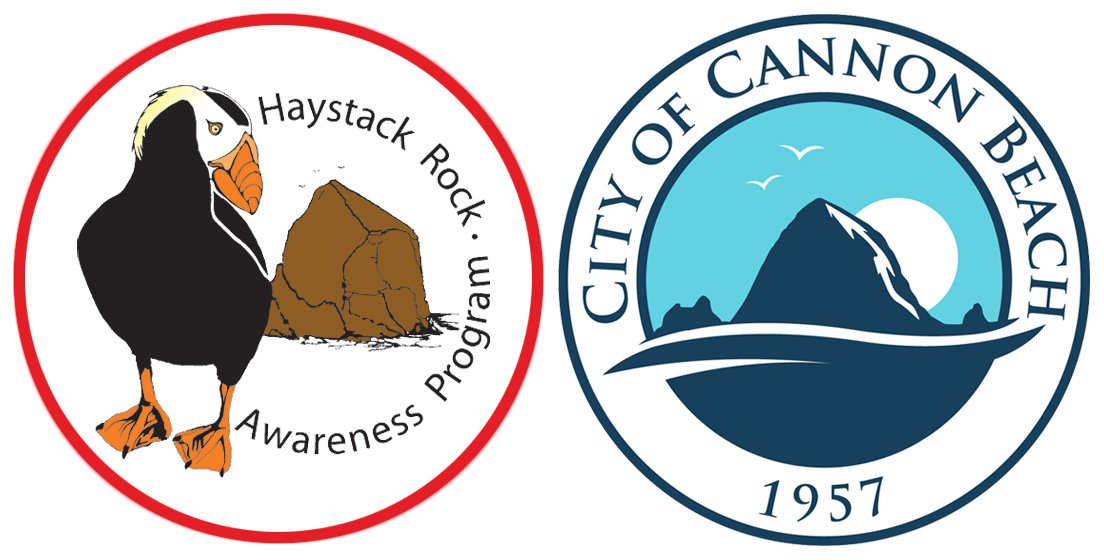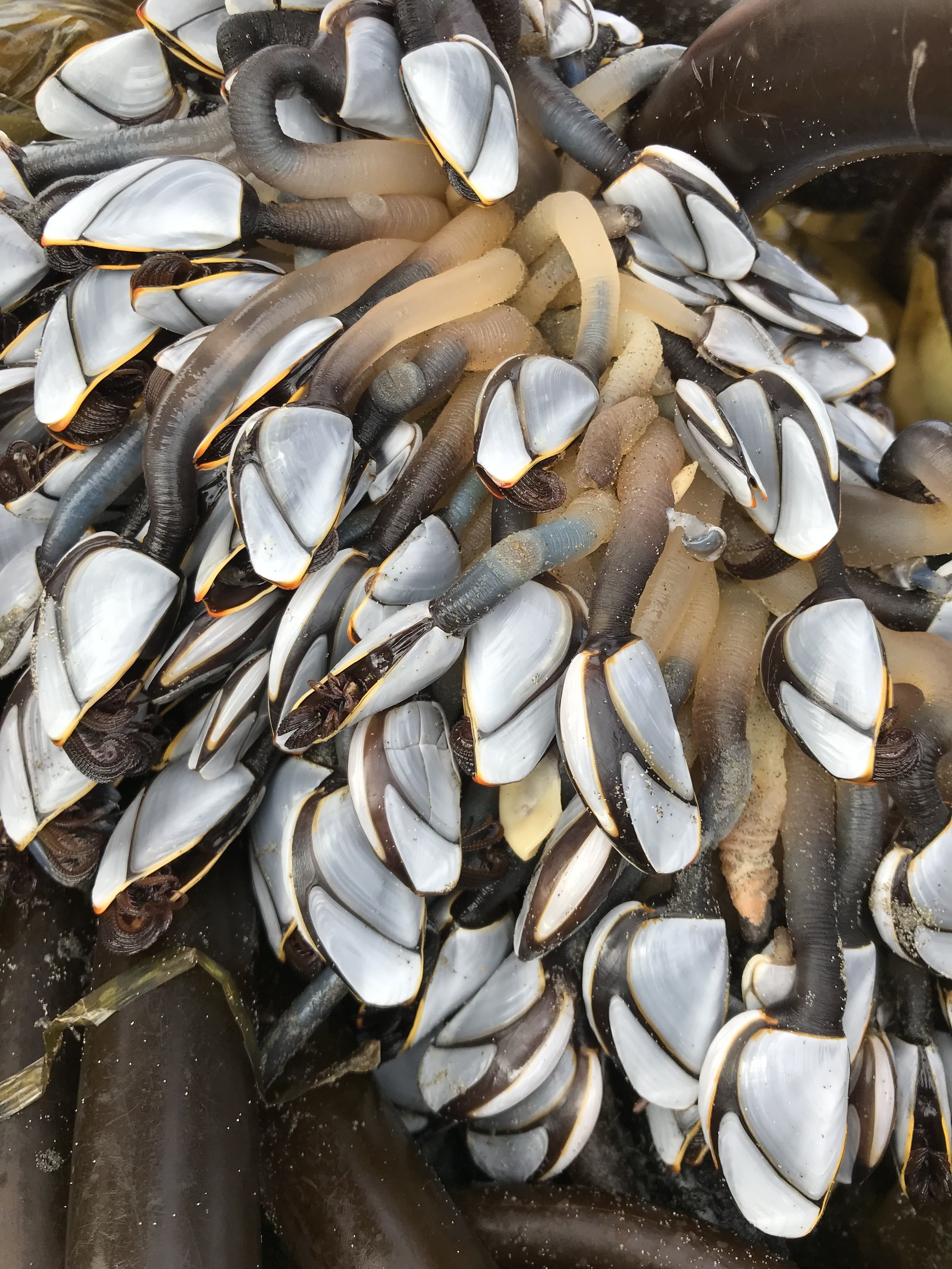Pelagic Gooseneck Barnacle (Lepas anatifera)
Pelagic gooseneck barnacles (photo credit: Zoe O’Toole)
Description: Pelagic gooseneck barnacles, also known as duck barnacles, are typically found washed up on the beach attached to an object that has been floating in the open ocean like a buoy or driftwood. They group together in clumps attaching the base of their stalk to the object. The stalks look and feel like a worm, typically a translucent yellow that fades to a dark gray. The stalks of pelagic gooseneck barnacles are called peduncles and can grow to 15 cm long. At the top of the stalk is a multipart shell that can open and close. These shells look very similar to the intertidal gooseneck barnacles, but they are smooth and only contain 5 white sections compared to the rough, scaly, intertidal gooseneck barnacle.
Habitat: As the name suggests, pelagic gooseneck barnacles are an animal that lives in open ocean. They attach to substrate that is floating in the ocean (and not exposed during low tide) like buoys, driftwood, debris, or boats.
Diet: Feather-like appendages called cirri extend out from the shell to filter food out of the water.
Tide Pool Tidbits:
Early scientists in the 1200s believed that pelagic gooseneck barnacles were a part of the drift wood that they were typically found growing on.
Pelagic gooseneck barnacles can sometimes be found growing on larger marine animals like whales or turtles.
Reference: Animal Diversity Web


